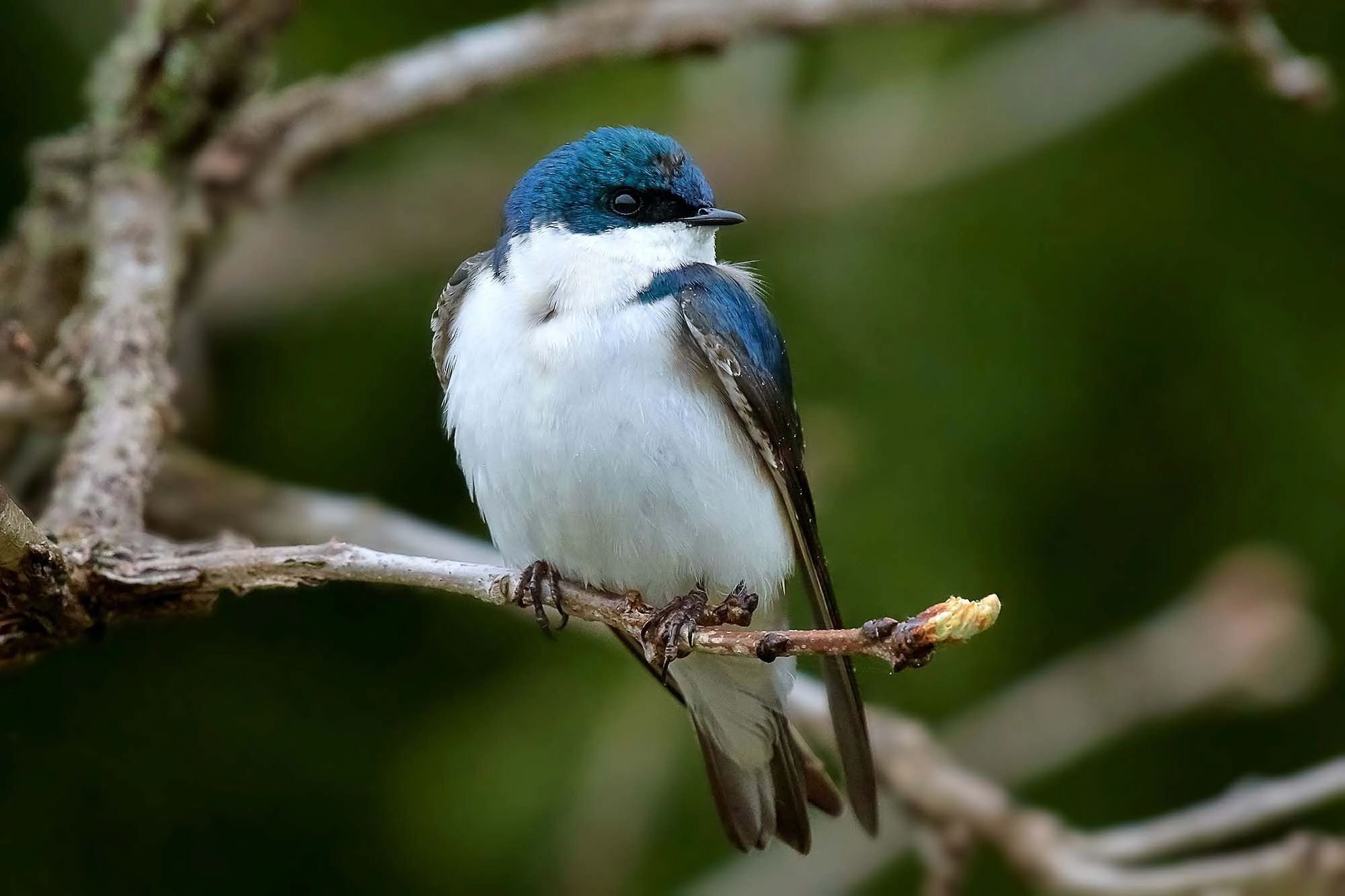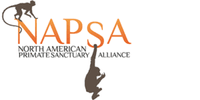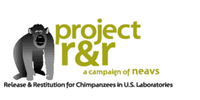Acres of woodlands, wetlands, freshwater and meadows
We protect the lands and the waters of the Nature Reserve habitats — the woodlands, wetlands, freshwater and meadows — creating an environment conducive to avian, terrestrial and aquatic wildlife.
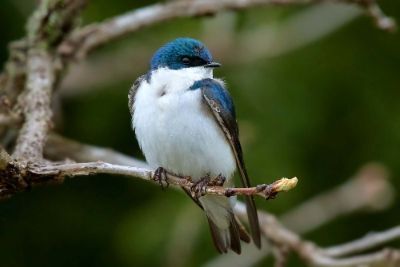
THE RESERVE
Restoring and protecting natural habitats
Over the years we have partnered with government and non-profit organizations, such as Nature Action, on various conservation projects in Québec. These efforts focus on protecting and promoting the return of indigenous flora and fauna, where many nature reserve habitats, species and biodiversity can flourish and thrive.
One such project involved our land south of Bellerive road, which we refer to as the Fauna Conservation Area. We put forth efforts on reforesting, installing and maintaining bird nest boxes, seeding the land with pollinator specific flowers, and changing hay farming practices. Now, what were once hay fields is a flourishing, biodiverse environment.
Every year since, our nest boxes are always occupied. Species surveys have been conducted by the Québec government, and the most recent bird survey that commenced in the summer of 2017 is still being done by Fauna. There have been over 110 species of birds, waterfowl and raptors observed across the nature reserve habitats here at Fauna.
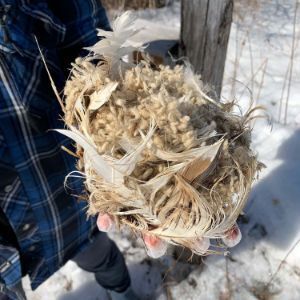
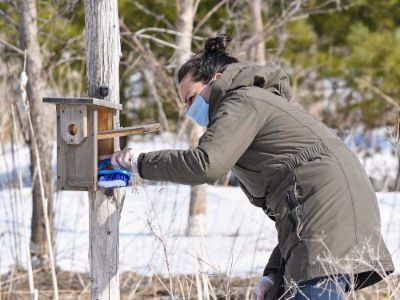
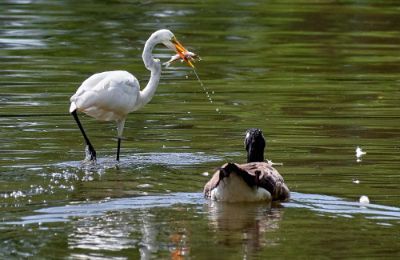
THE RESERVE
Wetland habitats are thriving
Wetlands are not only a high-valued habitat for birds but are critical for mammals, amphibian and reptiles. Fauna, in partnership with a Quebec government survey, discovered the threatened Spiny softshell turtle (Apalone spinifera) living in the L’Acadie river. River otters (Lontra Canadensis) have also been seen swimming in the stream next to the Chimp House. Beavers (Castor) have found this same body of water a perfect habitat, downing trees and building a dam under the Chimp House bridge.
The government and Fauna made sure to plant treelines between the neighboring fields and throughout the property, knowing that wildlife corridors are crucial for the safe and protected movement of wildlife.
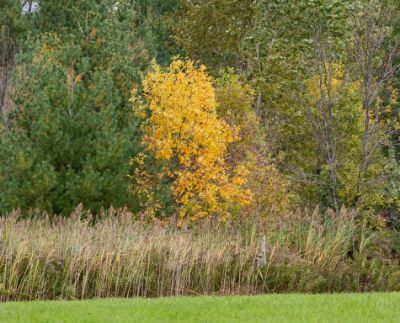
THE RESERVE
Woodland habitats are under siege
The trees in our woodland habitats are currently suffering from several Asian blights that have been inadvertently introduced to North America.
The latest attack is from the Emerald Ash Borer that is ravaging Ash trees throughout Eastern Canada — and Carignan is no exception. The affected trees are primarily Red Ash, and we have 25 of these in our core area of operations. For several years now we have made a concerted effort to preserve these selected trees through a procedure that is both complicated and costly. Thus far, the treatment program has proven highly successful, but unfortunately many hundreds of ash trees in our woods will simply fall victim and die. While disheartening, their demise will create space for other tree species, some of which we are currently growing from seed. As much of our Nature Reserve land is quite low and damp, it lends itself to trees that don’t mind “wet feet.” Therefore, we are replanting with native Swamp White Oaks and Striped Maple, as well as with true exotics such as Bald Cypress and Plane Trees.
Another concern is an ongoing fungal problem called Butternut Canker. This arrived in North America from Asia in the mid-60s. It attacks just the Butternut tree, which is Quebec’s only native Walnut. There is no known cure and the Butternut is now a highly endangered species. We have been crossing them with Japanese Heartnuts, creating a hybrid called a “Buartnut.” All Asian species carry a natural resistance to the fungus, which is a trait they then transfer to the hybrid. We have grown many of these Buartnuts in pots that are now ready to plant out.
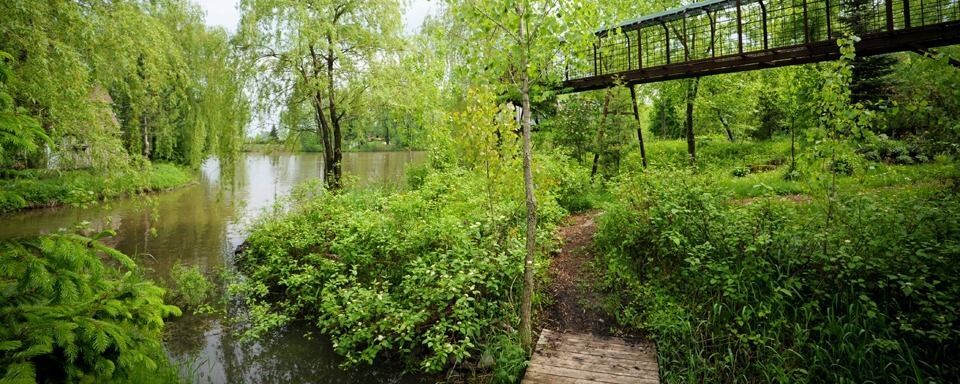
Through conservation, restoration and working together, we can protect our lands and waters for a better future for all.
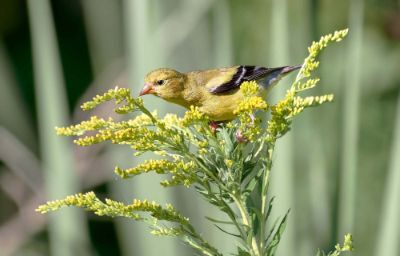
THE RESERVE
Planting future habitats:The Golden Field
In 2016 Ken McAuslan, Fauna’s Arborist, happened by chance on a formerly cultivated field that had all the attributes for supporting the requirements of major trees of virtually any species — a “golden field.” It is roughly 1500 feet in length, comprising over two acres. We planted a small Black Walnut and White Oak forest using 900 feet, with the remaining 600 feet divided between two separate arboretums devoted to exotic species. The Walnut and Oak rows contain 865 trees and the arboretums a further 335, for a grand total of 1200 young trees. Tending them initially is laborious. We battle weeds, winter cold, deer and rabbit attacks, summer drought and voracious insects. Nevertheless, the Black Walnuts, planted as germinating seeds, have thrived. After three short years some have reached 12 feet in height.
Our emphasis is on cultivating trees that are either rare or endangered. We grew from seed a species called Pitch Pine — the rarest tree in Quebec and the rarest conifer in Canada. It is a member of the American Southern Yellow Pine group. For inexplicable reasons, this pine has moved into Canada in just two tiny locations, one in Southern Quebec and the other in Eastern Ontario. The Quebec grouping comprises no more than 50 acres in the Chateauguay Valley in an Eco-Reserve protected by the Quebec Government. We obtained seed from them and currently have some 200 first-year plants growing in pots, with another two dozen older seedlings already planted out in our fields where they are currently thriving.

